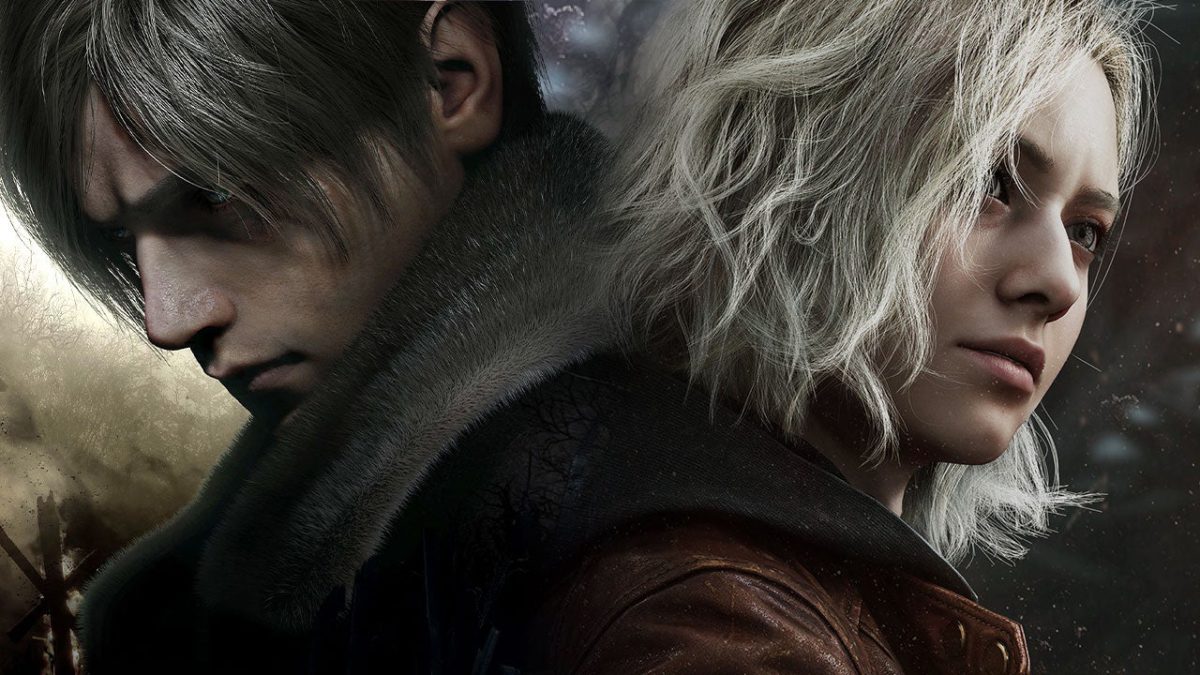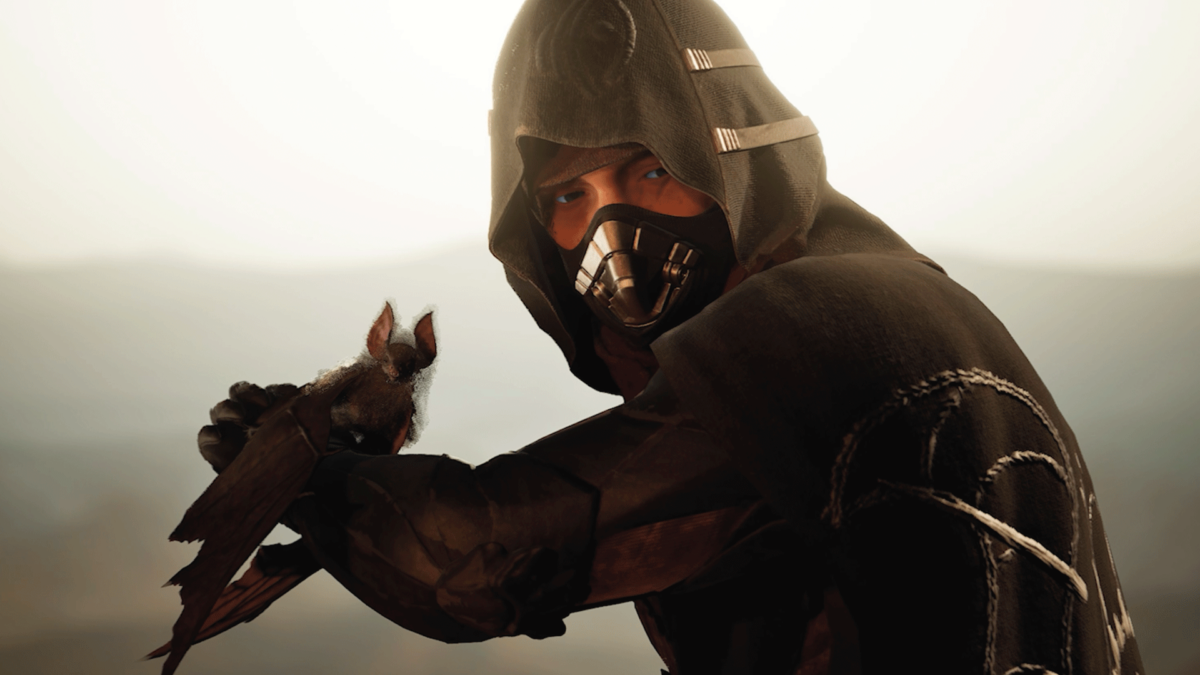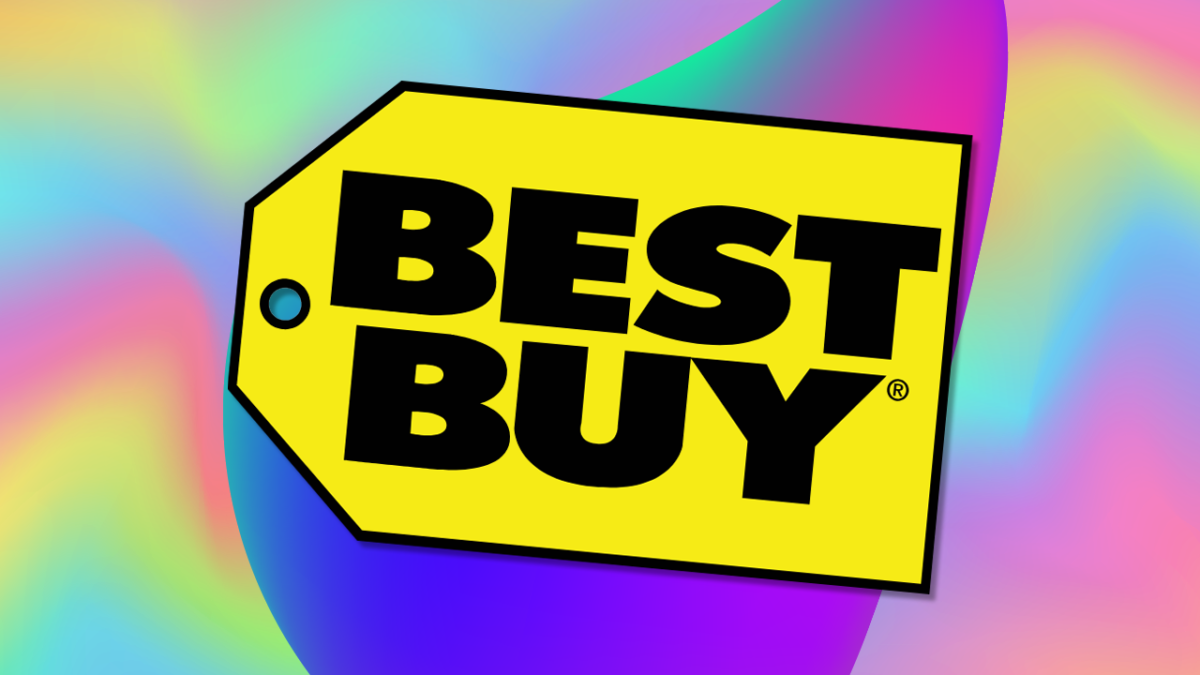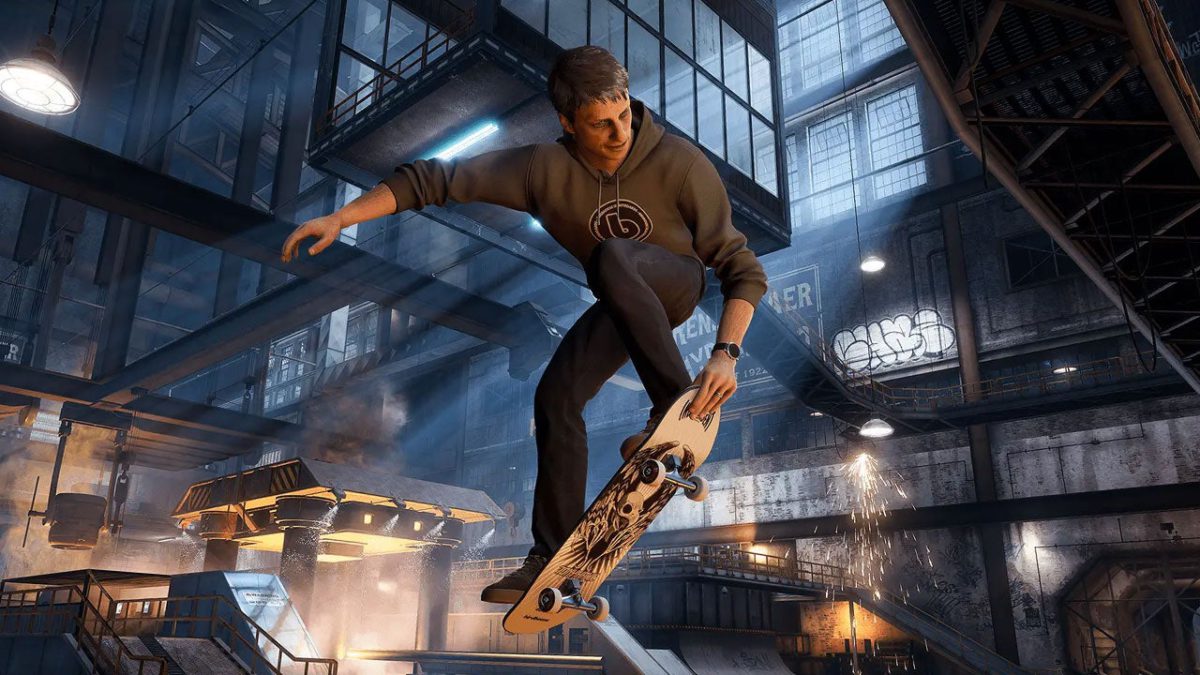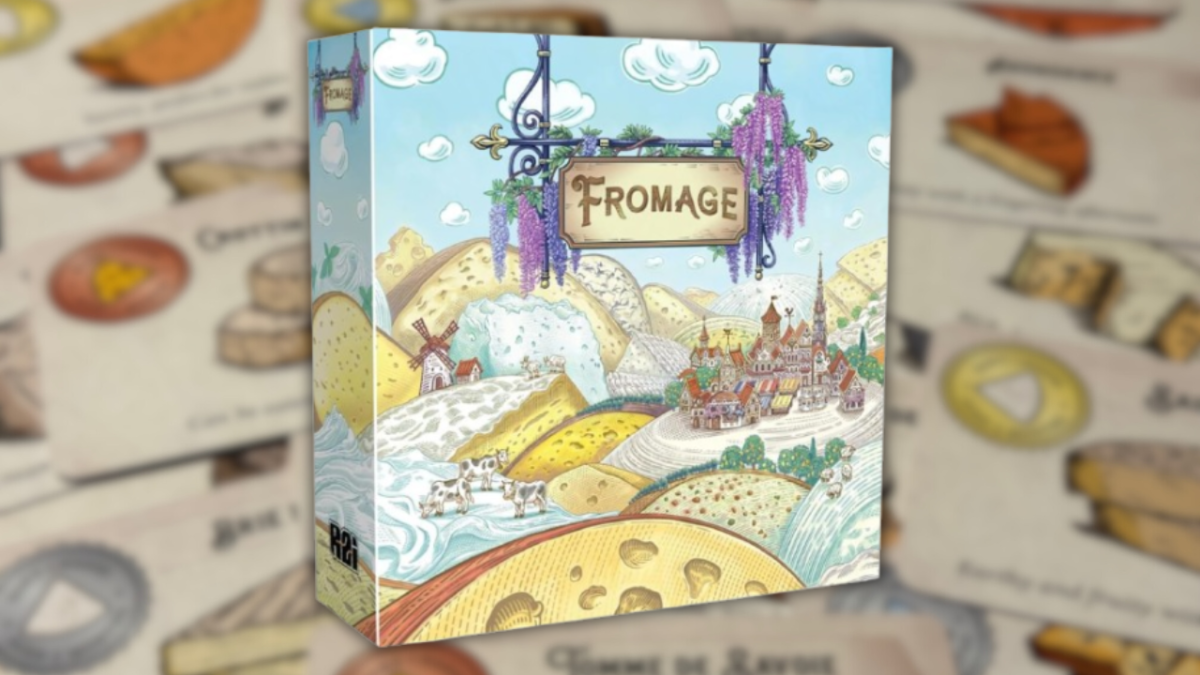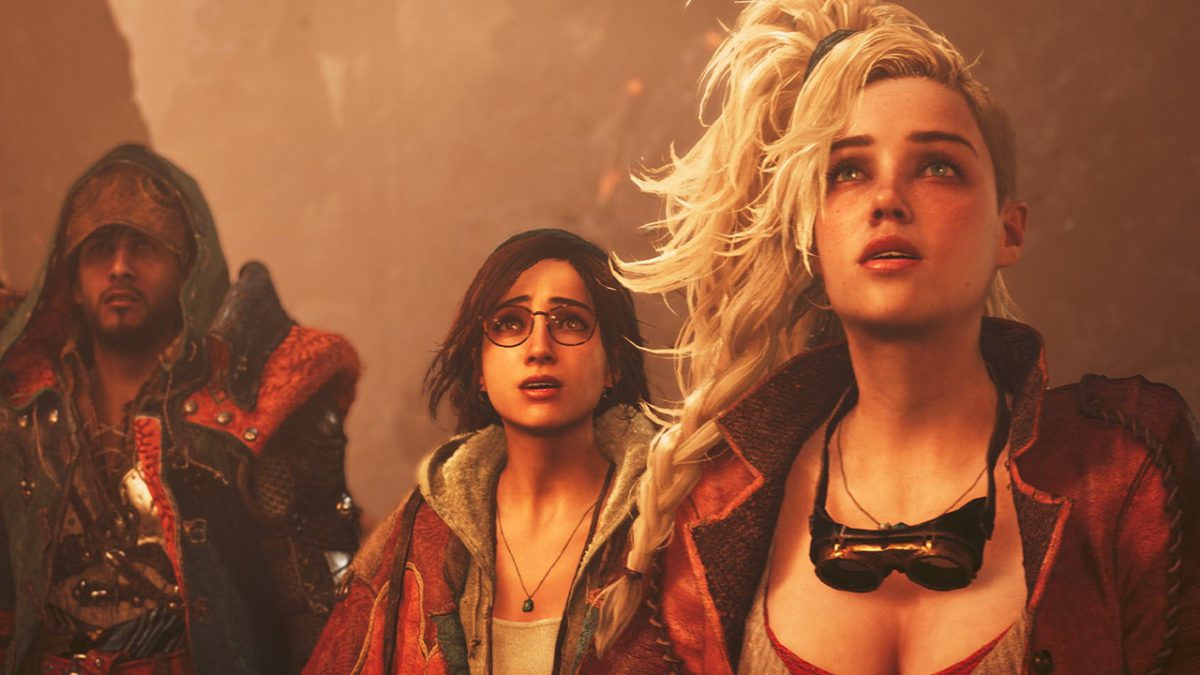
Is Leon S. Kennedy Resident Evil’s most popular character because he starred in one of the best Resident Evil games of all time? Or did he star in one of the best Resident Evil games of all time because he’s the series’ most popular character? I’ll never know for sure. Nevertheless, ever since his first day on the job at the Raccoon City Police Department back in 1998, Leon’s influence over the Resident Evil series has only grown to the point that his popularity threatens the future of the series… again.
When Resident Evil 4 hit shelves on January 11, 2005, everything we knew about Resident Evil was upended. The series’s famous fixed camera perspective gave way to a fully 3D camera, and the infamous tank controls were replaced with fast-paced action and melee combat. And Leon Kennedy, who was introduced to the series in Resident Evil 2 as a fresh-faced rookie police officer, was promoted to a secret agent action hero tasked with rescuing the U.S. President’s daughter from an evil cult. Leon became more Ethan Hunt and less Ash Williams.
Resident Evil 4’s status as a Hall of Fame video game is undisputed, but the 2005 release also caused Capcom to enter a period of being lost in the wilderness. The overwhelming success of Resident Evil 4 shifted the series towards a more action-focused tone, at the expense of its horror elements. Resident Evil 5 took us to Africa, where Las Plagas-infected militia troops engaged in car chases and gunfights. Resident Evil 6 pushed things to the next level, with Call of Duty-like street battles and explosive plane crashes. But while these games followed the blueprint set by Resident Evil 4 to tremendous financial success, fans weren’t wholly satisfied with the overall direction of the franchise. It increasingly became clear that turning Resi’s former everyday cops into MMA-trained super agents had eroded away the series’ core.
To rediscover the horror at the heart of the franchise, Capcom effectively rebooted Resident Evil in 2017 with Biohazard, the series’ seventh mainline game. It ditched Leon and many of the franchise’s iconic (now incredibly powerful) characters in favor of unknown newcomer Ethan Winters who, despite a surprising resilience to a variety of gnarly hand injuries, was essentially an “everyman”. Resident Evil 7 also adopted a new first-person perspective that not only put players directly face-to-face with the game’s many scares but also restricted Ethan’s moveset — there would be no roundhouse kicks here. This new formula led to sales success and the start of a new storyline focused on the Winters family (with an occasional cameo by legacy character Chris Redfield.)
During the era of Resident Evil 7 and Village, there was little demand for Capcom to revisit the more action-prominent design of Resident Evil 4. That’s likely because, while Leon might not have been at the forefront of the series during this time, he was still hanging around thanks to remakes of older games. Resident Evil 2 reinvented the PS1 classic in a guise that more closely resembled the over-the-shoulder, gun-heavy design of Leon’s most famous adventure, while the Resident Evil 4 remake replicated the original’s balance of horror and suplex tackles. But as time has gone on, it’s become clear that fans have been getting antsy to see Leon headline a new adventure, not just retread old territory.
Earlier this year, Capcom finally announced the highly anticipated Resident Evil: Requiem, and once again, the studio debuted a new protagonist: FBI analyst Grace Ashcroft. But if you look around the internet for information on Requiem, you’ll see the name of Leon S. Kennedy brought up so often that you would think he was the main character of the upcoming game. That’s because rumors, both substantial and otherwise, claim that Leon will appear in Requiem in some capacity, whether that’s as a second protagonist, cameo, or even the secret star, depending on who you ask.
Capcom, for its part, seems adamant that Grace Ashcroft is the face of Requiem, and there is enough information about her to believe this. Unlike Ethan Winters, who was a complete unknown when he debuted in Resident Evil 7, Grace Ashcroft is the daughter of journalist Alyssa Ashcroft, a playable character from the Resident Evil Outbreak games. This makes Grace something of a legacy character in her own right, giving her greater importance and stronger ties to the overall canon of the series.
Also, during the Capcom Showcase, Resident Evil: Requiem director Koshi Nakanishi directly addressed some of the online rumors surrounding Leon Kennedy being the game’s secret protagonist, saying, “We always thought about making Leon the protagonist, but making a horror game based around him is difficult… No one wants to see Leon scared by every little thing. So he’s actually quite a bad match for horror.”
Having played a slice of Requiem, I can confirm that Capcom is continuing the revised formula it introduced in Resident Evil 7 and putting a lot of emphasis on horror in the new game. One of the standout details is how Grace audibly reacts to different jump scares throughout the demo, which effectively ratchets up the tension. Nakanishi makes a good point about Leon being a bad match for this type of game: by this point in the series’ timeline, which is 30 years after the events of Resident Evil 2, Leon is a veteran who has no problems facing off against even the scariest monsters.
Even the decision to maintain the series’ real-time timeline feels designed to get fans used to the idea that their beloved characters face a ticking clock. Even if Leon Kennedy does appear in Resident Evil: Requiem, it’d be as a member of the old guard. After all, he will be around 50 years old when the events of Requiem take place, and while I’m sure he can still roundhouse kick a zombie at that age, having him age in real-time since his introduction in 1998 feels like a deliberate attempt to put Leon closer to retirement than in the thick of the action.
I think there’s plenty of room for Leon Kennedy to appear in Requiem as a seasoned veteran helping the new protagonist, similar to Chris’ role in Resident Evil Village. But the problem is how the Leon rumors have sucked up so much of the oxygen around Resident Evil: Requiem, so much so that some fans of the series are outright disregarding Grace as the game’s protagonist. There’s a good chance Leon could appear in Requiem, but Capcom’s attention to detail on Grace tells me that developers are quite passionate about her as a character. It must be a little frustrating to see fans brush her aside for an unconfirmed appearance by Leon.
But Leon and Resident Evil 4’s grip on the newest game isn’t just limited to which characters fans want to see. Resident Evil: Requiem made waves when it announced that, in an attempt to appeal to all Resident Evil fans, there will be the option to play Requiem in both the scarier first-person perspective introduced in Resident Evil 7, or in the iconic third-person perspective.
My concern, and something I noted in my preview, is that switching between first- and third-person perspectives has an immediate impact on how scary the game is. That wider viewing angle reveals threats that would otherwise go unseen, spoiling jump scares and instilling additional fear-conquering confidence. And for a game that’s supposedly focused on horror, as Nakanishi claims, having an option that immediately dampens the terror feels like it undermines the director’s goals.
Just like in the aftermath of Resident Evil 4, Capcom finds itself again in a position of balancing giving fans what they want, between the potential appearance of everyone’s favorite zombie-hunting agent and the choice to play in both first- and third-person, and pushing both the design of Resident Evil and the story of Raccoon City forward through the use of a new protagonist and contemporary timeframe.
If the developers of Requiem believe that the game can be scary and compelling in both first- and third-person, then I look forward to seeing that for myself next year. Similarly, if they feel that Grace Ashcroft can carry the next mainline Resident Evil game as the protagonist, I’m even more excited to find out how she fits into the story of Raccoon City. After successfully reinventing Resident Evil with Ethan Winters’ story and establishing a slower, creepier design that directly opposes the high-octane horror action of Leon’s trip to Spain, fans should extend Capcom the benefit of the doubt about Grace, Leon, and Requiem. And for the developers, I hope they pursue their vision for the Resident Evil franchise without compromise.
Because the last time Capcom chased the ghost of past Resident Evil games, it took years for the franchise to find its way back again.
Matt Kim is IGN’s Senior Features Editor.

